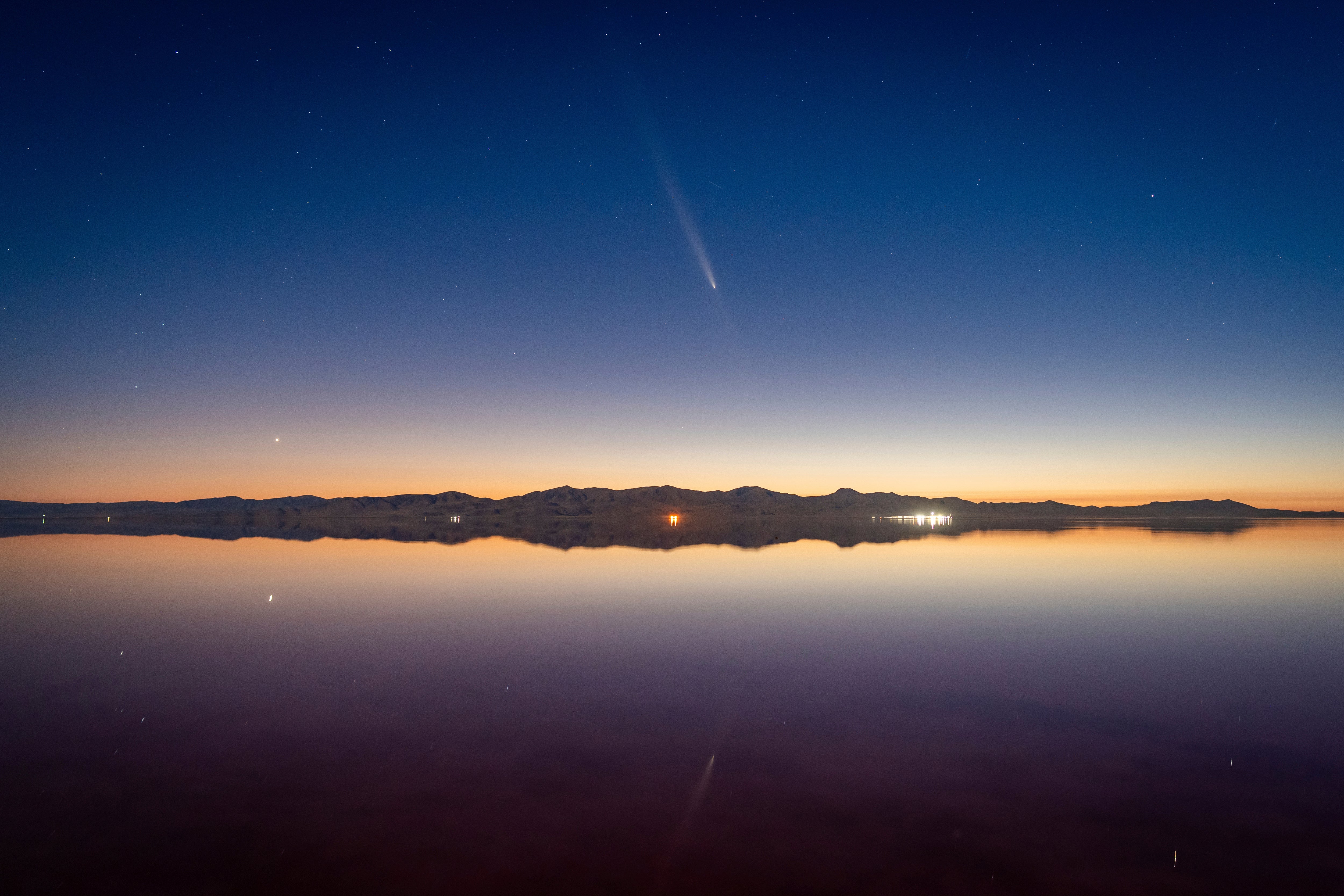Astronomer tells stargazers how to spot Comet A3 for final time in UK this week
Comet A3 will decrease in visibility from Tuesday onwards

Your support helps us to tell the story
From reproductive rights to climate change to Big Tech, The Independent is on the ground when the story is developing. Whether it's investigating the financials of Elon Musk's pro-Trump PAC or producing our latest documentary, 'The A Word', which shines a light on the American women fighting for reproductive rights, we know how important it is to parse out the facts from the messaging.
At such a critical moment in US history, we need reporters on the ground. Your donation allows us to keep sending journalists to speak to both sides of the story.
The Independent is trusted by Americans across the entire political spectrum. And unlike many other quality news outlets, we choose not to lock Americans out of our reporting and analysis with paywalls. We believe quality journalism should be available to everyone, paid for by those who can afford it.
Your support makes all the difference.People looking for the “comet of the century”, known officially as Comet A3, should turn their head to the west, according to an astronomer.
The comet has not been seen since neanderthal times, and its spectacular colour and large appearance in the sky means that those viewing it today are likely to get a particularly astonishing sight. It has been called the “comet of the century” because it is so bright and clear.
But it can also be difficult to spot. While some in the UK and elsewhere have seen it, doing so can be tough.

Dr Greg Brown, astronomer at Royal Observatory Greenwich, said the comet “is visible in the early evening skies from the UK”.
Dr Brown told the PA news agency: “Low on the horizon at sunset, it is best to wait a while for the sky to darken a bit before trying to see it.
“Look to the west, just to the left of where the sunset was and, if you are lucky, it should be just about visible to the unaided eye.
“However, as it is rapidly fading as the days go on, a pair of binoculars or a small telescope will certainly help if you are struggling to find it.
“It is visible across the country, though a low western horizon is a must, and it certainly wouldn’t hurt to be out in the countryside where light pollution is less of a problem.”
Between October 12 and 30, people may be able to see the comet using binoculars or even with the naked eye. However, it is said to be decreasing in brightness from Tuesday onwards with sunset at around 6pm said to be the best time to look out for the comet tonight.
The comet was only discovered in January last year, but astronomers said it would last have been visible from our planet around 80,000 years ago when Neanderthals were alive.
Additional reporting by agencies